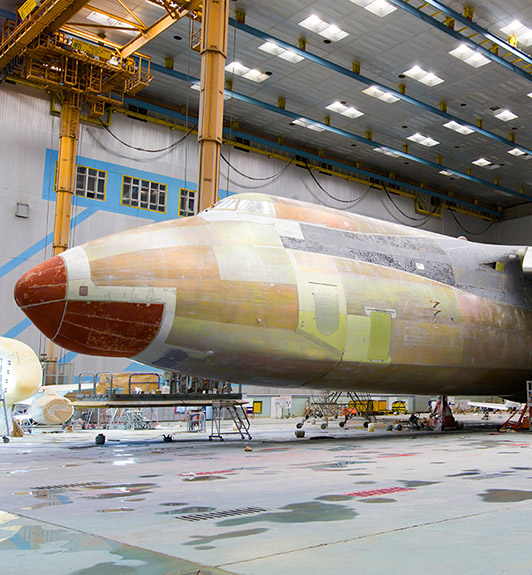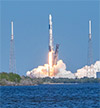Mississippi’s Hancock County is proving that the next giant leap in space exploration might not come from Silicon Valley or Cape Canaveral—but from a deepwater port town on the Gulf Coast. At the heart of the resurgence is NASA’s Stennis Space Center, a Cold War-era rocket testing facility now being repositioned as a launchpad for commercial innovation. Long known for testing engines that powered the Apollo missions, Stennis is undergoing a transformation. Thanks to companies like Relativity Space—backed by $267 million in new investment—Stennis is now a proving ground for AI-powered manufacturing, 3D-printed rockets, and next-gen propulsion systems. But what’s happening in Hancock County goes well beyond a single company.
“This is a new chapter for us,” said Blaine LaFontaine, executive director of the Hancock County Port and Harbor Commission. “We’re shifting from a purely federal operation to a blended model that includes commercial space companies building, testing, and staying right here in Mississippi.”
Breathing New Life into Old Infrastructure
Relativity’s lease of the historic E-2 test stand in 2023 marked a turning point—not just for the company, but for the region. It signaled that aging infrastructure at Stennis could be revitalized, not razed. Until recently, many facilities at the space center sat underused or at risk of demolition, victims of federal belt-tightening and a lack of dedicated NASA missions.
They’re breathing new life into places we were in danger of losing.
Now, those assets are being handed over to commercial tenants who can move fast, invest heavily, and pay taxes locally.
“The old NASA model didn’t allow for investment—much less maintenance—of facilities without an active mission,” LaFontaine explained. “But commercial companies bring their own missions. They’re breathing new life into places we were in danger of losing.”
Rocket Lab has also announced plans to operate at Stennis, joining Relativity and others as part of a broader ecosystem. These companies bring new jobs, new taxable property, and the kind of momentum that can transform a local economy.
Making the Transition Work
But revitalization doesn’t happen by accident. Hancock County is doing the hard work behind the scenes—working with NASA to renegotiate long-term leases, ensuring infrastructure upgrades, and preparing new sites for future tenants.
$267M
“We’ve got power infrastructure that used to be considered excessive,” LaFontaine said. “Now it’s a major selling point for testing and manufacturing propulsion systems.”
By expediting lease negotiations and pre-permitting land near the center, the county is making it easier for companies to set up shop quickly—and stay for the long haul.
LaFontaine’s team is also coordinating with utility partners to ensure pad-ready development and co-location potential. The long-term vision? A vertically integrated space corridor where companies can test, assemble, and ship from a single footprint.
Building the Right Workforce—Before It’s Too Late
The workforce piece is also evolving. The region boasts a strong base of skilled technicians from decades of federal aerospace contracts and defense work. But there's still a gap in engineering talent—especially in specialized fields like propulsion and space systems.
Ten years from now, we’ll be known not just as a test site, but as a commercial launchpad for America’s space future.
To close that gap, Mississippi is investing in a new junior college aerospace program and other workforce pipelines. The state is also working to attract aerospace degree holders through incentive packages, partnering with universities to build a deeper talent pool.
“There’s already a strong manufacturing base here,” said LaFontaine. “Now we’re working on the next step—making sure these companies can find the engineering talent they need to grow.”
A Region Competing to Win the Space Economy
The stakes are high. With competition mounting across the U.S.—from Florida’s Space Coast to the Mojave Desert—Hancock County is betting that its infrastructure, workforce, and forward-thinking leadership can carve out a permanent place in the new space economy.
And the shift isn’t just from public to private—it’s from backend testing to full-cycle aerospace manufacturing. For decades, Mississippi tested engines made elsewhere. But the future could involve designing and building those systems locally, then testing and shipping them straight from the Gulf Coast.
“If we can get this right,” LaFontaine said, “ten years from now, we’ll be known not just as a test site, but as a commercial launchpad for America’s space future.”


.jpg)